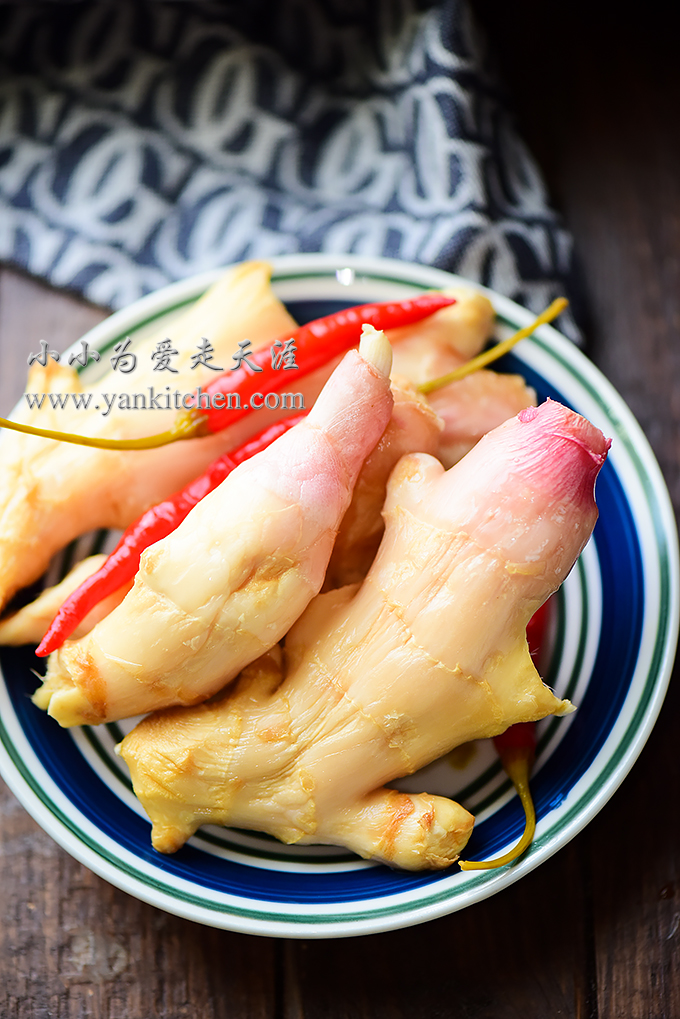中文菜谱: 盐水煮嫩花生
It is September already. Fall and cool air have not arrived at Houston yet. It is still very hot and humid outside, like we are still in the middle of a super long summer.
However, fresh produces sold on the market are beginning to show the signs of fall. New crop of peanuts are in season now. Oh gee, I can’t describe how much I love these young peanuts recently dug up from underground.
A lot of people love boiled peanuts. But not so many have tried young peanuts. They are a bit less crunchy than the regular ones, but they are packed with such a sweet, refreshing, nutty, and earthy flavor.
Ingredients:
1 lb young peanuts
2 to 3 star anises
1 to 2 teaspoons Sichuan peppercorns
3 to 4 cloves
2 bay leaves
5 to 6 dried chili peppers
sea salt to taste
water for boiling
Directions:
Thoroughly rinse the peanuts under running water. Add to a small stock pot, along with spices and seasonings and water.
Heat over high heat until the water boils. Cover with lid. Reduce the heat to simmer for 15 minutes.
I keep the boiling time so short to preserve the crunchy texture from young peanuts. If you prefer softer and tender texture, extend the cooking time to 30 to 40 minutes or more if needed.
Boiled peanuts and a cold beer, what a pleasant treat! O(∩_∩)O~





































































